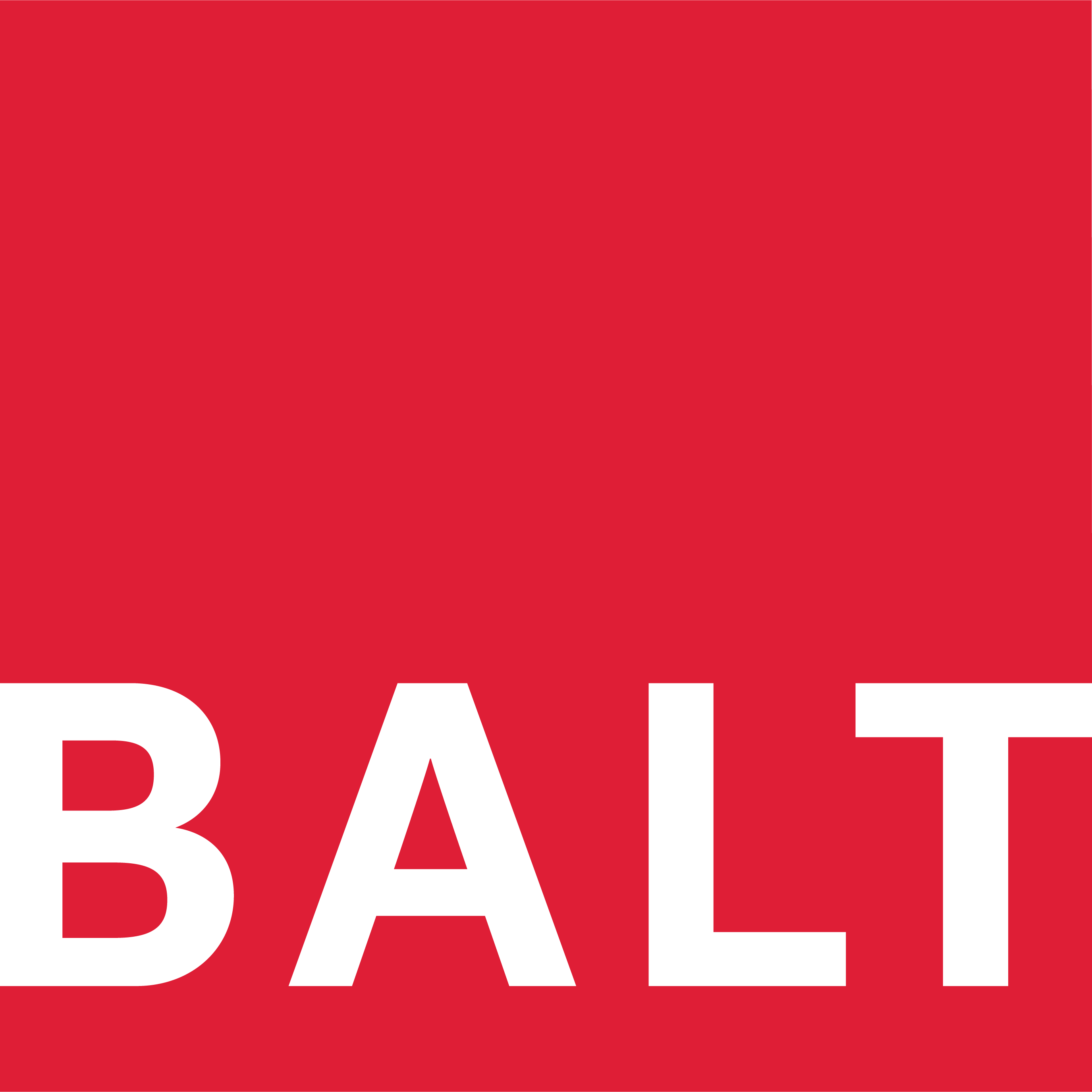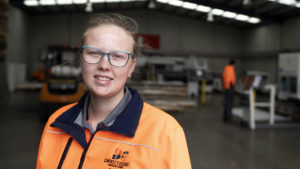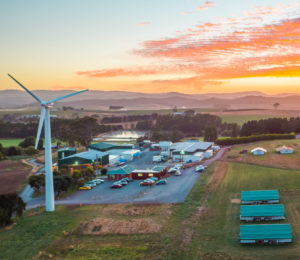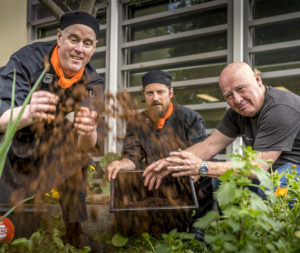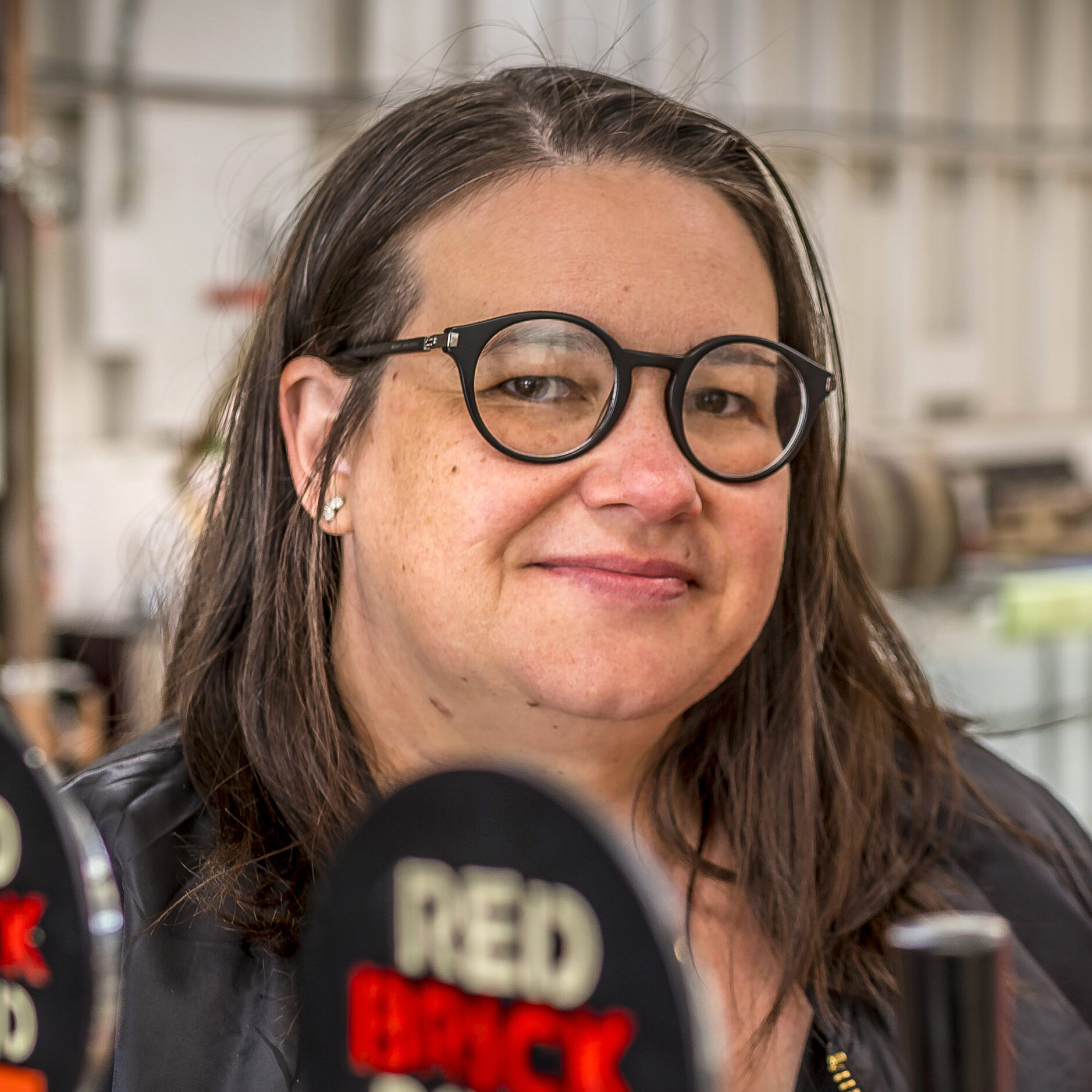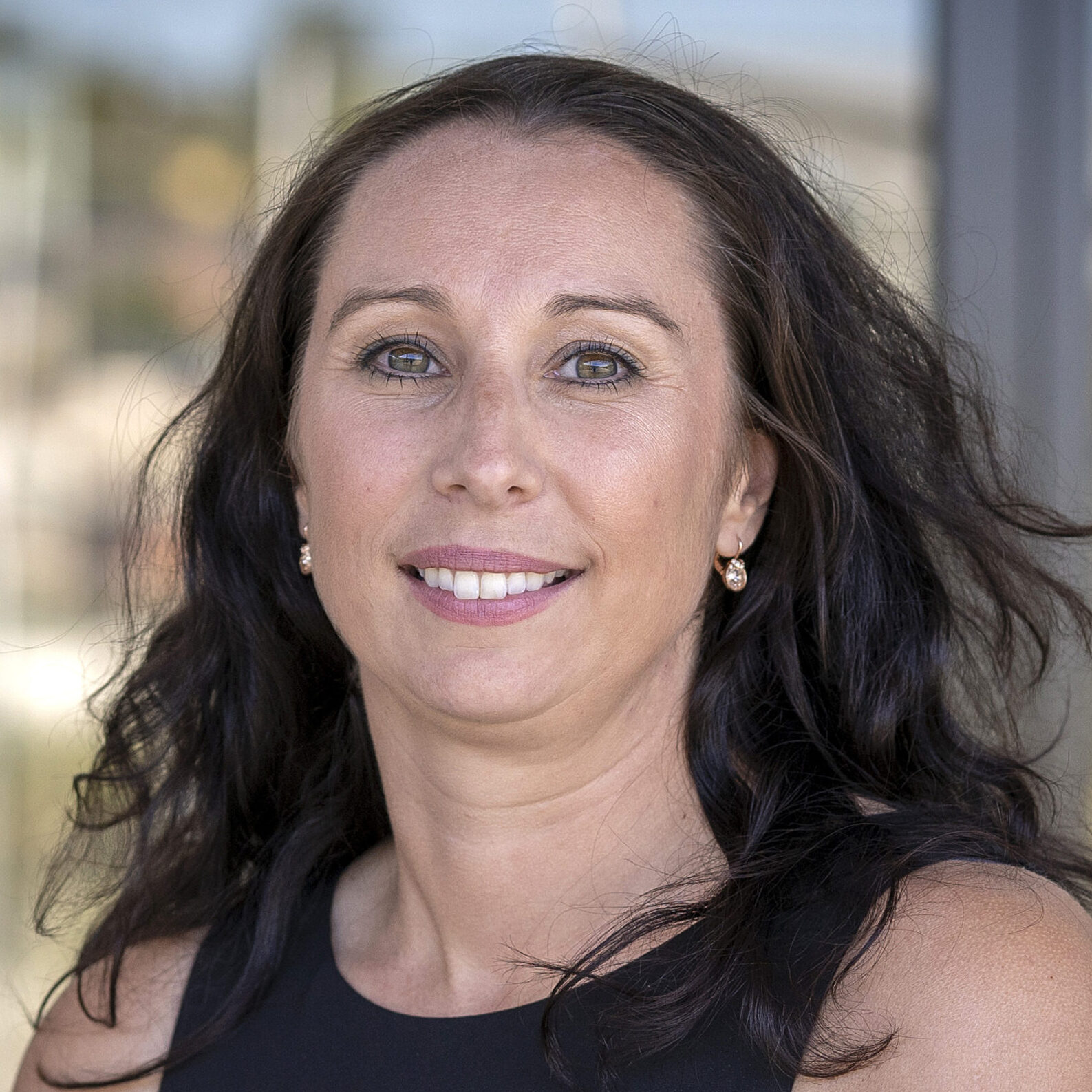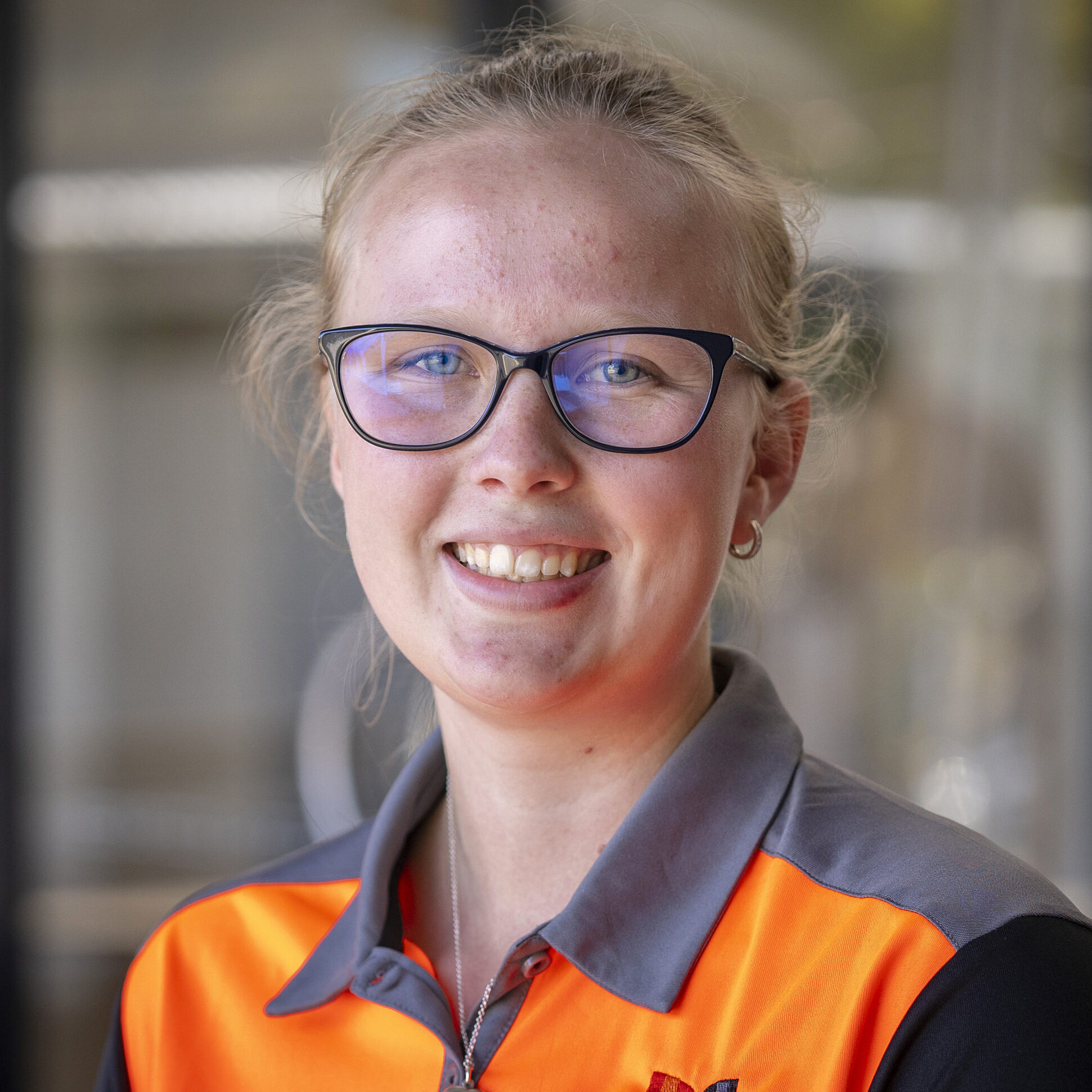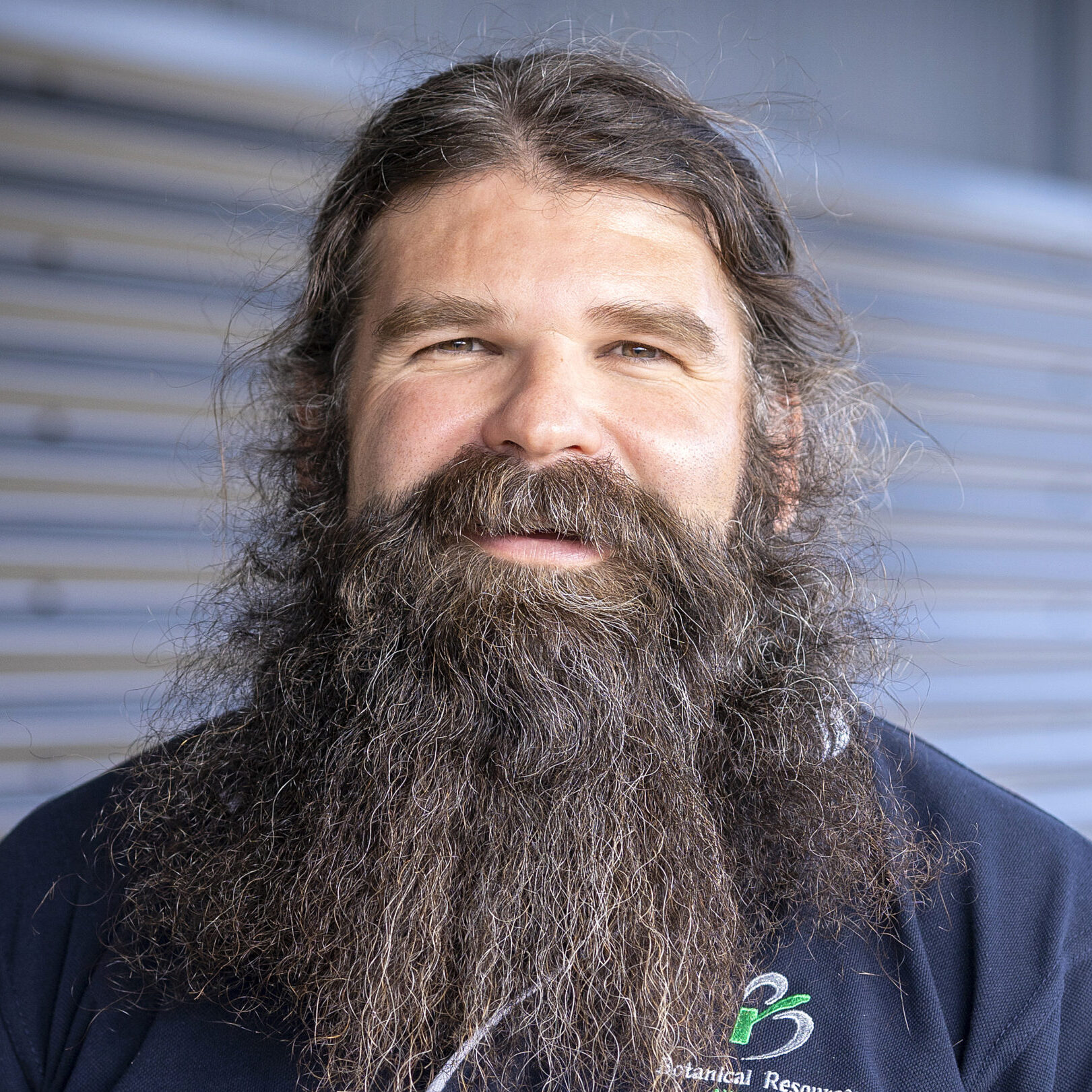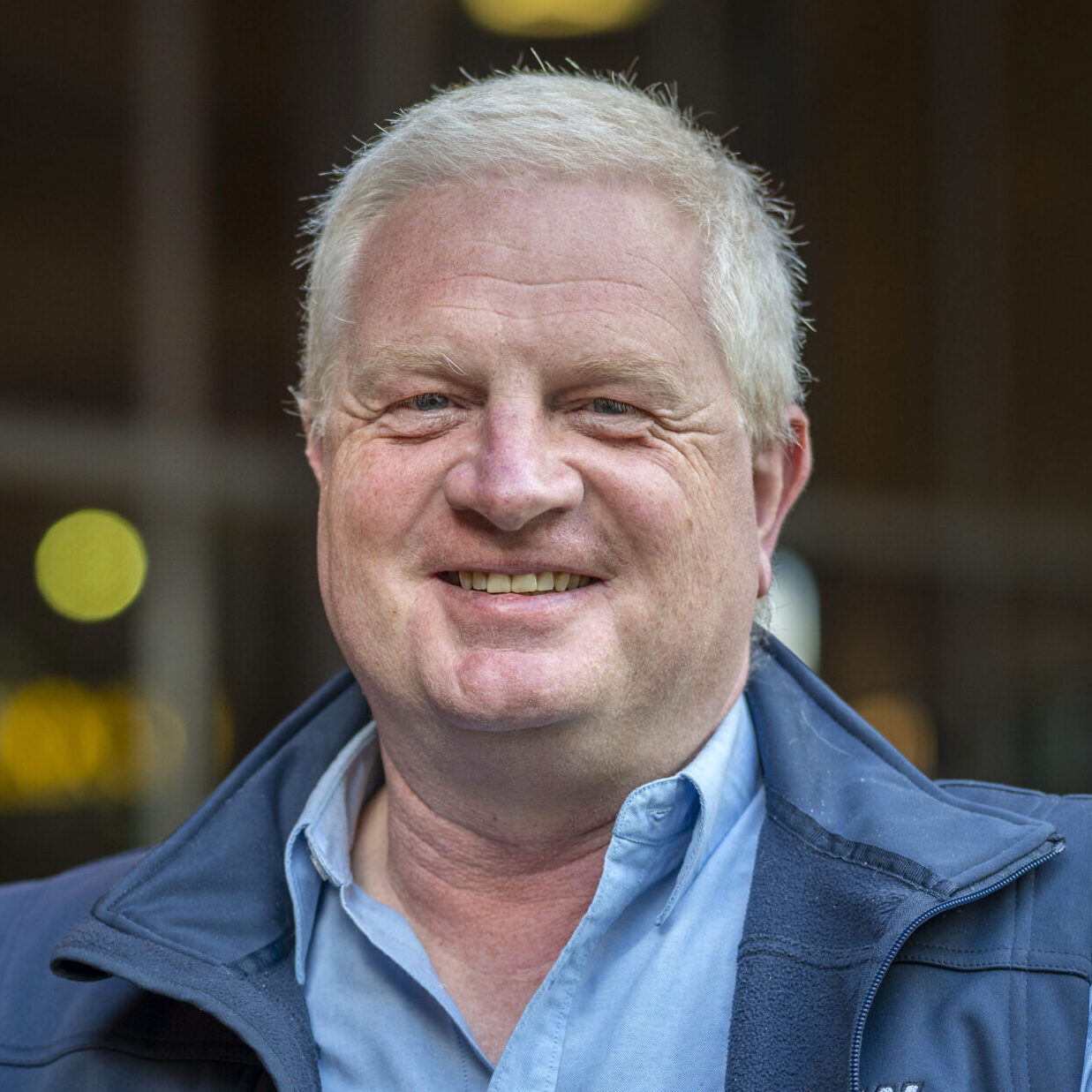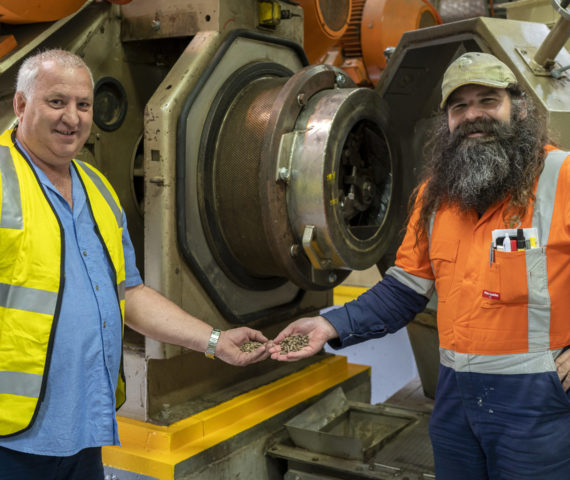
Bio-fuel project
Botanical Resources Australia has very nearly ‘closed the loop’ on pyrethrum production in that ‘waste’ outputs from manufacturing can be retained and re-used in the system, or directed to secondary uses.
The business is now looking outside their own system to see how they can add value to other material streams. Existing pelletising equipment, used in the production of pyrethrum oil, is under-utilised and could be repurposed to convert timber wastes from external sources into bio-fuel.
The Project
Establish a value chain for pelletised bio-fuel and apply continuous improvement and quality assurance on the briquette line to meet customer requirements.
Objectives
- Establish a value chain for pelletised bio-fuel.
- Reduce defects and customer rejects on the briquette line.
- Achieve established sales targets for pellets and briquettes.
Targets
- Produce 1000 tonnes of non-py pellets per annum.
- Increase briquette sales from 4,500 to 6,500 tonnes per annum.
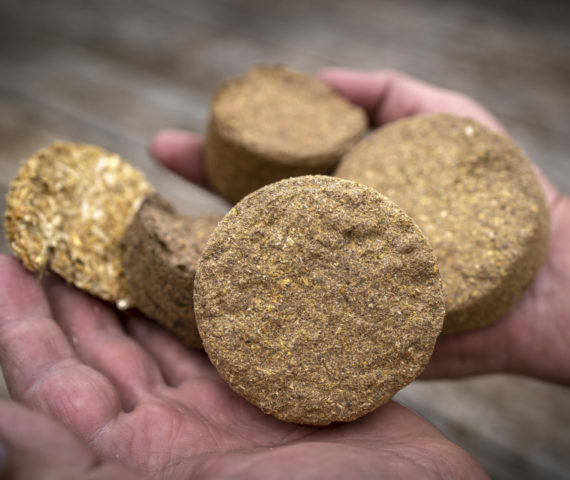
Botanical Resources Australia already produces bio-fuel briquettes from production wastes for use in industrial boilers as an alternative to coal.
Outcomes
What was implemented?
- We increased our understanding of the opportunities and barriers for the production of bio-fuels, from waste wood in Tasmania, and the value chain from raw material stockpiles through to retail markets.
- We undertook small-scale trials with an innovative dryer design.
- We developed a fully engineered and costed business case, which demonstrated feasibility.
Key issues
- The sales market is there and although there is plenty of stockpiled waste wood fines, they are (a) wet/green and (b) expensive to transport.
- A lack of funding to subsidise capital investment in specialised equipment to support circular economy initiatives.
Performance against targets
- We didn’t achieve our targets in the timeframe of the program but we have demonstrated that it is feasible and that the business case is sound.
- We intend to continue pursuing the opportunity and implement as planned in the future.
Lessons Learnt
- There are tensions between pursuing sustainable goals and working within budgets.
- Working with other companies brought to light new markets for complementary products.
- There is a real consciousness of waste, and its associated costs, in the business community.
- There are opportunities for world-firsts, right here in Tasmania.
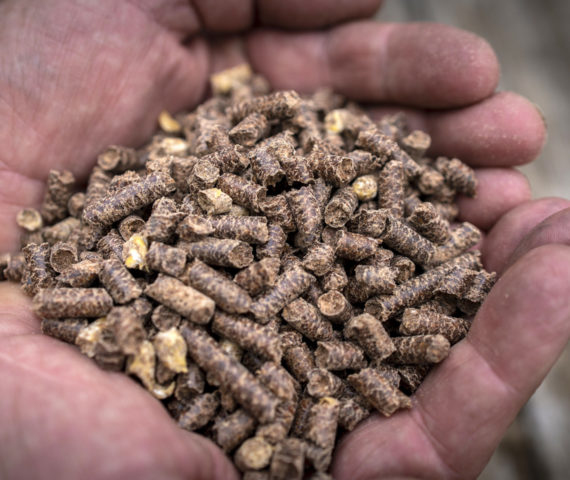
Bio-fuel pellets made from forestry residues and timber processing waste can be used as an alternative to fossil fuels.
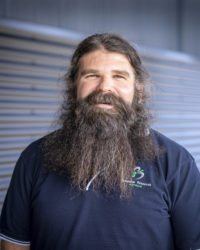
Ray Howe
Production Manager and Plant Engineer

Warren Maney
Manufacturing Logistics and Procurement Officer
